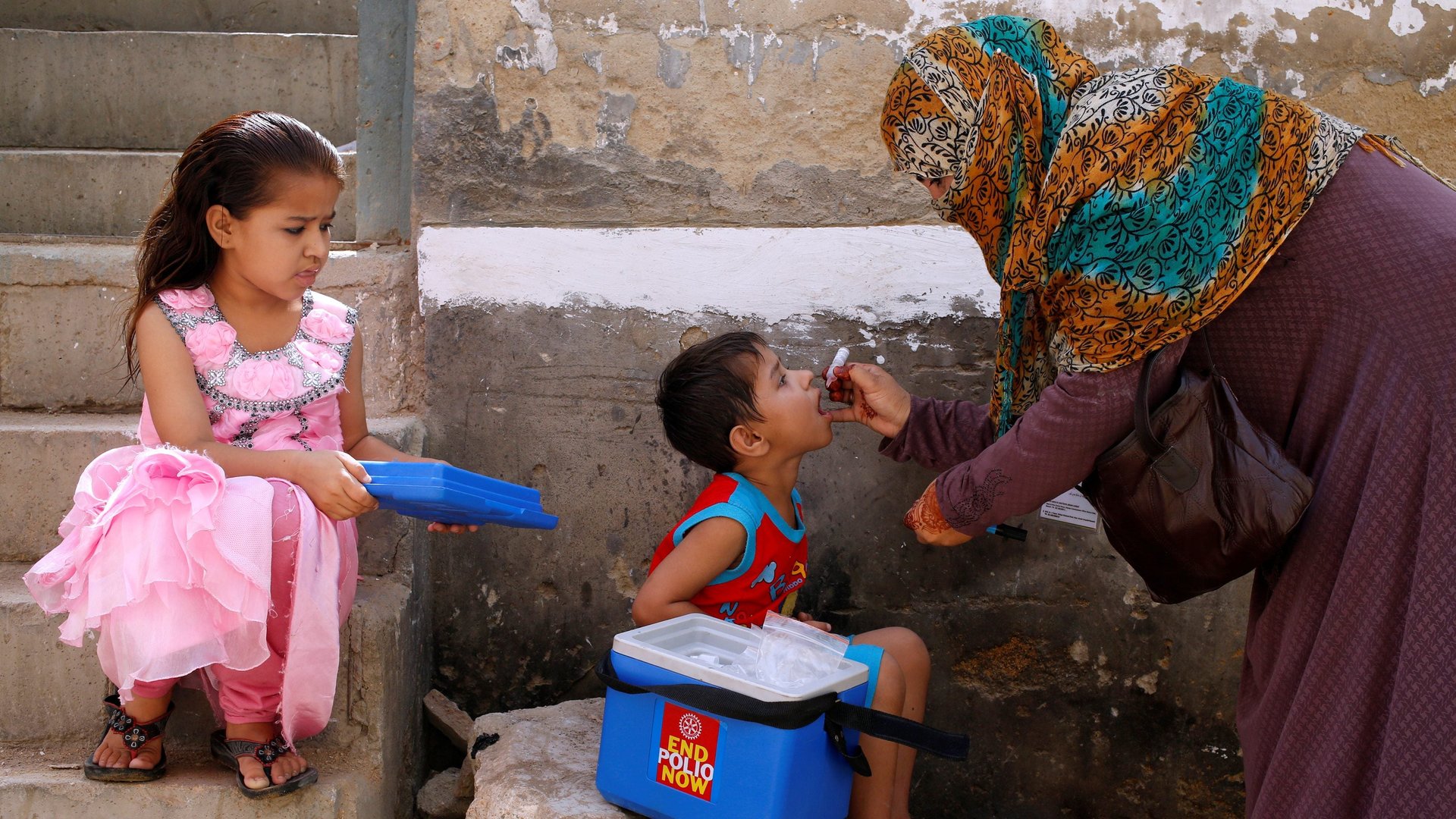WHO says coronavirus outbreak is a global public health emergency
On Jan. 23, the World Health Organization stated it was “too soon” to call the outbreak of coronavirus that began last month in Wuhan, China a global public health emergency. Just over a week later, that’s no longer the case: On Jan. 30, an agency committee voted to designate the outbreak a “public health emergency of international concern” (PHEIC).


On Jan. 23, the World Health Organization stated it was “too soon” to call the outbreak of coronavirus that began last month in Wuhan, China a global public health emergency. Just over a week later, that’s no longer the case: On Jan. 30, an agency committee voted to designate the outbreak a “public health emergency of international concern” (PHEIC).
As of Thursday, the virus has sickened more than 8,000 people and killed at least 170. The WHO vote gives the agency’s director, Tedros Adhanom Ghebreyesus, power to convene a special committee of scientists and public health experts. They can meet regularly to assess the situation and deliver formal recommendations to affected countries—in theory, drawing increased international attention and resources to the problem.
In the statement designating the outbreak as a PHEIC, WHO’s emergency committee recommended that China improve its public communications about the outbreak. The committee encouraged the country to share all the data it has available on each case, double down on its effort to identify the original animal source, and continue to conduct exit screenings at international airports. It also warned that that “further international exportation of cases may appear in any country,” and that “all countries should be prepared for containment.”
But WHO’s designation can indicate many types and scales of public health emergencies. The agency is also fighting two existing PHEICs: Ebola and polio. For outbreaks like these that have dragged on for years, the word “emergency” refers to lots of factors: mortality rates, the size and global distribution of population affected, and the need to coordinate global resources.
Ebola
Since August 2018, more than 3,300 people have contracted Ebola, a hemorrhagic fever that results in death in nearly two-thirds of cases, in Democratic Republic of the Congo. It’s the second-worst outbreak on record since the West Africa episode of 2014-16. But it took WHO until July 2019 to declare this outbreak a PHEIC.
That decision drew mixed reviews from public health officials: Some argued that the designation was long overdue, while others pointed out that a change in bureaucratic labeling was unlikely to resolve the problem underlying Ebola’s spread. Bloody conflicts between the government and rebel groups have plagued Eastern Congo for years, impeding efforts to stop the outbreak.
The latter view seems to have been borne out: Near the end of 2019, shortly after Congolese President Félix Tshisekedi announced that the end of Ebola was within sight, a series of attacks on health care workers upended the response and sent the number of infections back on the rise.
There’s now a consensus among global health experts that the solution to Congo’s Ebola crisis is more a matter of security than medicine. But it remains unclear what combination of Congolese military forces, United Nations peacekeepers, or other responders will be most effective to rebuild the trust of local communities and allow health care workers to operate safely.
Polio
Polio was supposed to be a success story.
Between 1988 and 2018, the number of new cases of the nervous system infection reported globally dropped from 350,000 to just 33. Much of that improvement was the result of an aggressive global vaccination effort. And when the disease suddenly began to spread from the small number of countries where it had been contained—particularly Pakistan, Cameroon, and Syria—WHO jumped in, designating polio as a PHEIC in May 2014.
But in 2019, the caseload began to rise again, and by December had reached 113. The spike was partly due to a months-long block on WHO vaccination workers in rural Afghanistan by the Taliban, a resurgence in Pakistan, and the re-emergence of vaccine-derived polio in at least a dozen countries (including the Philippines and China) where the disease had previously been eradicated.
For both Ebola and polio, the emergency designation seems unlikely to be lifted anytime soon. And for coronavirus, WHO officials will be looking to see if the virus continues to spread to other countries—along with whether China might need a helping hand in its response. On Friday, officials there announced plans to quickly build a 1,000-bed hospital in Wuhan to cope with the growing number of outbreak patients.
Update: This story was updated on Jan. 30 to reflect WHO’s decision to label the coronavirus outbreak a public health emergency of international concern.